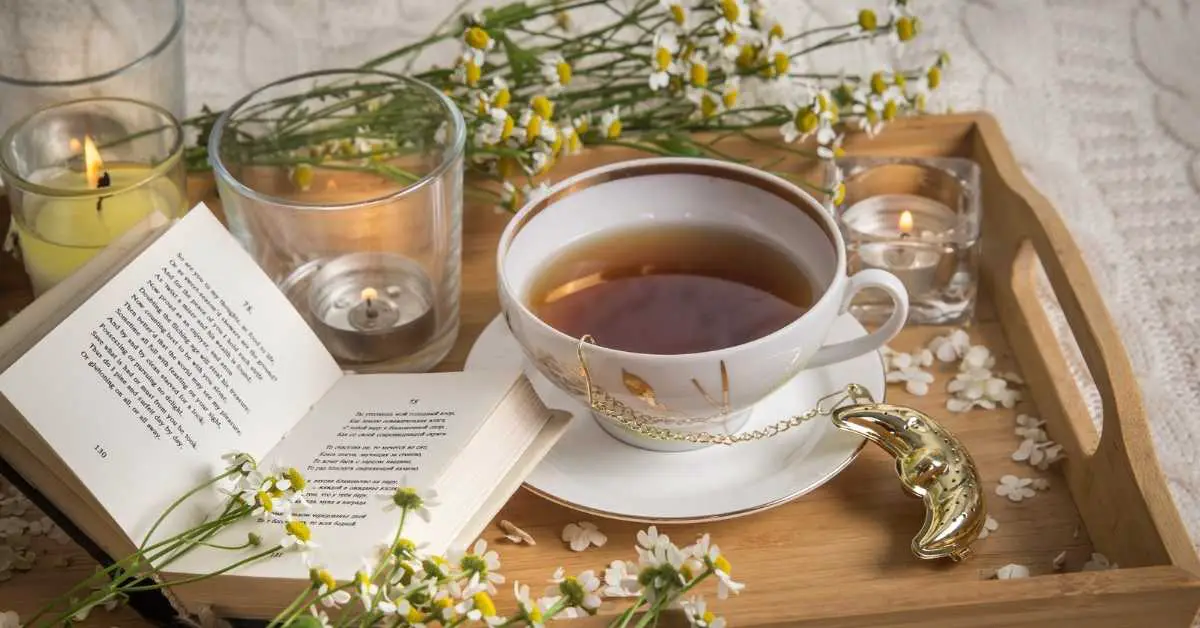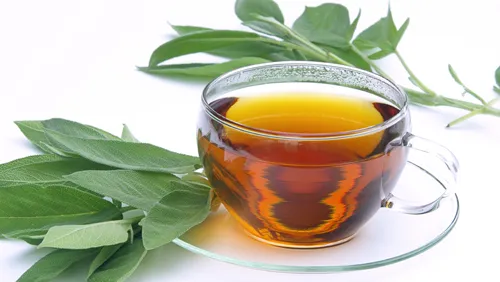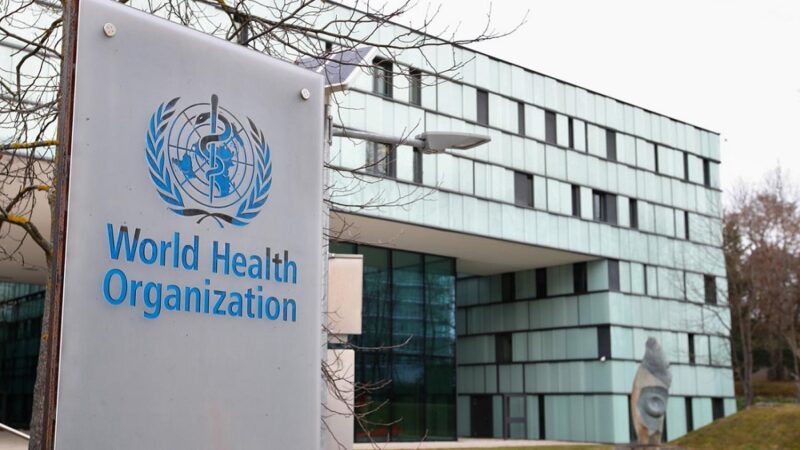How To Teach MANGLIER TEA Better Than Anyone Else

- I can give you a general introduction to MANGLIER TEA and its variants, as well as a breakdown of how tea is normally classified. This will help you comprehend the tea world better.
Tea Fundamentals:
- MANGLIER TEA is a popular fragrant beverage produced from the Camellia sinensis plant’s leaves. It is one of the most popular beverages in the world, having a rich cultural and historical past. The processing methods, growing circumstances, and the exact section of the plant used distinguish the various types of tea.
Green Tea Manglier:
- A traditional Creole cold remedy is Manglier (mong-lee-AY) Tea Leaves. Communities of South Louisiana Traiteurs, Native Americans, and Creoles have appreciated this acrid yet dependable plant for a long time. Manglier is use to treat diabetes, the flu, colds, as well as to help the body fight cancer and infections. It also has a number of other therapeutic characteristics.
- Our wild-harvested Manglier leaves act as an immediate natural antiviral weapon. Long before drugs and antibiotics were accessible, Creole and Cajun cultures relied on it, and Native Americans began to recognise its healing powers in the 1800s.
Introduction to Categorising Tea:
- Tea is a varied beverage with many different varieties and flavours. Tea’s numerous properties and production techniques are simplified by categorising it. The following headings cover the main categories of tea.
Green Tea:
- Unoxidized green tea leaves that maintain their original green colour and delicate flavours are used to make green tea. It undergoes minimal processing, usually by steaming or pan-frying the leaves to stop oxidation.
Black Tea:
- Black tea has undergone complete oxidation, producing a strong flavour and dark drink. The leaves are rolled, allowed to ferment, and then dried. Black teas come in a variety of tastes, including malty, strong, flowery, and fruity. Earl Grey, Darjeeling, and Assam are a few well-liked black teas.
Oolong Tea:
- In terms of oxidation, oolong tea lies somewhere between green and black tea. It has been slightly oxidised, which allows for a wide range of flavours and fragrances. The flavour of oolong tea can range from mild and flowery to dark and toasted. They are frequently admired for their intricate profiles. Tie Guan Yin, Da Hong Pao, and Dong Ding are a few examples.
White Tea:
- White tea is made from young, minimally processed leaves and buds. The leaves are often wilted and dried naturally, yielding a delicate and mild beverage. The flavours of white tea are soft, somewhat sweet, and occasionally floral. Well-known white tea varieties include Silver Needle and Bai Mu Dan.
Pu-erh tea is a sort of post-fermented tea that comes in two varieties: “raw” (sheng) and “ripe” (shou). Microbes ferment it and it often develops for several years, producing distinct flavours over time. Pu-erh teas have earthy, woody, and even musty flavours. Tea enthusiasts hold them in high regard.
Herbal Infusions:
Herbal infusions, often known as herbal teas or tisanes, are made from a variety of herbs, flowers, fruits, and spices as opposed to the Camellia sinensis plant. They come in a variety of flavours and are popular due to their supposed health benefits. Chamomile, peppermint, hibiscus, and rooibos are a few examples.
It’s crucial to keep in mind that there may be substantial variations in flavour profiles and processing techniques within each category, resulting in a wide range of distinct tea varietals. The categorisation offers a useful foundation for comprehending the core qualities of various teas.
Manglier tea
Traditional Creole treatment for fevers, chills, congestion, and other cold- or pneumonia-like symptoms is manglier tea. It is manufactured from the groundsel bush’s leaves, also known by the scientific name Baccharis halimifolia. Baccharis oxide, a triterpenoid molecule having anti-inflammatory, antiviral, and antibacterial effects, is the main active component of manglier tea.
History
Native Americans discovered the healing qualities of manglier tea in the nineteenth century. Later, Creole and Cajun populations accepted the tea as a traditional treatment, and it has been used to heal a range of maladies for years.
Ingredients in Use
Baccharis oxide, a triterpenoid molecule, is the active ingredient in manglier tea. Triterpenoids are a type of natural molecule with numerous biological actions, including anti-inflammatory, antiviral, and antibacterial properties.
Benefits
Manglier tea has many benifits:
Reducing Inflammation:
- Some teas, such as green tea, contain antioxidants and anti-inflammatory compounds that may help reduce inflammation in the body. Chronic inflammation is associated with various health issues, including heart disease, arthritis, and certain types of cancer. The specific compounds in tea, such as polyphenols, may have anti-inflammatory effects.
Fighting Infections:
- Certain teas, particularly herbal infusions like chamomile and echinacea, are believed to have antimicrobial properties. They may help fight against common pathogens and support the immune system in combating infections. However, the effectiveness can vary, and it’s important to note that tea is not a substitute for medical treatment.
Relieving Congestion:
- Some herbal teas, such as those with peppermint, eucalyptus, or ginger. As components, are frequently used to ease congestion and respiratory pain. The steam and aroma from hot herbal infusions can help open up airways and provide temporary relief from nasal congestion.
Improving Respiratory Health:
- Certain teas, such as green tea and white tea, are rich in antioxidants. That have been associated with potential benefits for respiratory health. These antioxidants may help protect lung tissues from oxidative damage and promote overall respiratory wellness.
Boosting the Immune System:
- Tea, particularly green tea, contains compounds like catechins and flavonoids that have been studied for their potential immune-boosting properties. These compounds may help support the immune system and enhance its ability to defend against harmful pathogens.
It’s important to note that individual responses to tea can vary, and the potential health benefits may depend on factors such as the quality of the tea, brewing methods, and individual health conditions. If “manglier tea” is a specific blend or regional specialty, it’s essential to refer to reliable sources or consult with healthcare professionals to obtain accurate information about its potential health benefits and any associated risks.
Precautions:
Manglier tea is generally safe for most people, but it is important to talk to your doctor before using it if you are pregnant, breastfeeding, or taking any medications.

How to Make Manglier Tea
To make manglier tea, you will need:
- 1 cup of water
- 1 teaspoon of dried manglier leaves
Instructions:
- Bring the water to a boil.
- Add the manglier leaves and let them steep for 5-10 minutes.
- Strain the tea and enjoy.
Where to Find Manglier Tea
Manglier tea can found at some health food stores and online retailers. You can also harvest the leaves from the groundsel bush yourself. But it is important to make sure that you are identifying the correct plant.
Conclusion
Manglier tea is a traditional Creole cure that provides a variety of health benefits. It is manufactur from the groundsel bush’s leaves, which contain the active component Baccharis oxide. Manglier tea is typically safe for most individuals, but if you are pregnant, breastfeeding, or taking any drugs, see your doctor before using it.



